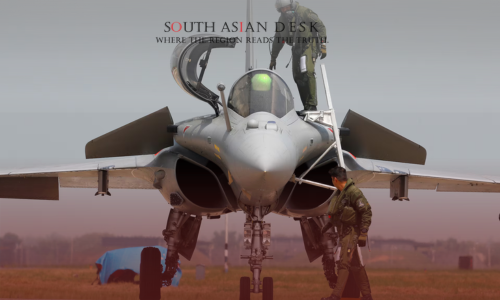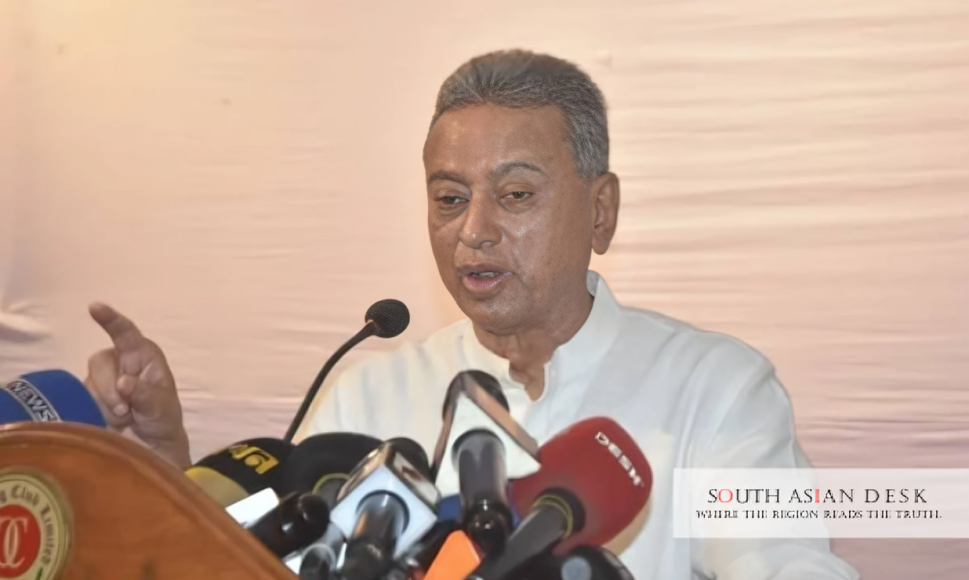Pakistan has shot down Indian Rafales jets during sudden Indian attack on Pakistan in May 9th. In retaliation, Pakistan with some serious strategy shot down drones, jets, and successfully countered all attacks. Here are the details:
Key Points
- On May 7, 2025, Pakistan reportedly shot down at least five Indian jets using a Chinese-made J-10C fighter and PL-15 missile during a major air battle.
- The conflict stemmed from India’s Operation Sindoor, a response to a terrorist attack in Kashmir, involving around 110 aircraft.
- Pakistan’s use of advanced Chinese technology, including the PL-15’s extended range, surprised Indian forces, highlighting an intelligence miscalculation.
- Claims vary, with Pakistan asserting no losses and India acknowledging at least five downed, sparking debate over the exact toll.
- The event underscores the growing influence of Chinese military technology and raises concerns about regional security dynamics.
Incident Overview
On May 7, 2025, a significant air battle unfolded between Pakistan and India, triggered by India’s retaliatory Operation Sindoor following a terrorist attack in Kashmir. Pakistan’s Air Force, using a Chinese J-10C fighter and PL-15 missile, downed at least two Indian Rafale jets, a sophisticated aircraft central to India’s air defense strategy. The engagement, involving around 110 aircraft, marked one of the largest air conflicts in recent decades.
Technological Advantage for Indian Rafales
The J-10C’s advanced radar and the PL-15 missile’s range, reportedly around 200 kilometers, allowed Pakistan to strike from a distance that exceeded Indian expectations. Pakistan’s use of electronic warfare tactics further disrupted Indian systems, contributing to their tactical success. Debris from the PL-15 missile, recovered in Hoshiarpur, Punjab, is under analysis by India’s Defence Research and Development Organisation (DRDO).
Regional and Global Implications
The incident has drawn attention to Chinese military technology, with nations like Indonesia considering Chinese J-10c acquisitions. It also highlights the escalating arms race in South Asia, raising questions about regional stability. A U.S.-mediated ceasefire on May 10, 2025, ended the conflict, but the event continues to shape discussions on modern warfare.
Detailed Report on the May 7, 2025, Air Battle
On May 7, 2025, a large-scale air battle between Pakistan and India marked a significant escalation in their ongoing tensions, rooted in a terrorist attack on April 22, 2025, in Pahalgam, Jammu and Kashmir, which killed 26 civilians, primarily Hindu males. India attributed the attack to Pakistan-based militant groups, specifically Lashkar-e-Taiba, a claim Pakistan denied. In response, India launched Operation Sindoor, targeting nine alleged militant camps in Pakistan and Pakistan-administered Kashmir with precision-guided munitions, drones, and missiles, including BrahMos and SCALP-EG, Pakistan claimed that India targetted civilians.
The air engagement on May 7 involved approximately 110 aircraft, with Pakistan deploying 42 fighters, including the Chinese-made J-10C, and India fielding 72, including Rafales, Su-30 MKIs, and MiG-29s. Pakistan claimed to have shot down five Indian aircraft—three Rafales, one Su-30 MKI, and one MiG-29—without losses on their side. Indian officials acknowledged the loss of at least one Rafale, with some reports suggesting up to three aircraft were downed. France’s air chief confirmed one Rafale loss in June 2025, while India’s Defence Secretary attributed some losses to possible technical failures, fueling debate over the exact toll.
Central to Pakistan’s success was the J-10C, a 4.5-generation multirole fighter developed by Chengdu Aircraft Corporation, equipped with an active electronically scanned array (AESA) radar, a WS-10B engine, and advanced electronic warfare systems. The PL-15 missile, with a reported range of 200–300 kilometers for the domestic version (and approximately 145 kilometers for the export PL-15E), was fired from around 200 kilometers, indicating either a longer-range variant or an Indian intelligence miscalculation, which had estimated a 150-kilometer range. Pakistan’s integration of a Swedish surveillance plane with Data Link 17 created a networked “kill chain,” enhancing situational awareness and enabling precise targeting.
The Indian Rafale, manufactured by Dassault Aviation, is a twin-engine, 4.5-generation fighter with advanced avionics, including an RBE2 AESA radar and SPECTRA electronic warfare suite. Despite its capabilities, the Rafale was vulnerable to the PL-15’s extended range and Pakistan’s electronic warfare tactics, which reportedly disrupted its radar and communication systems. Social media reports, including posts from defense enthusiasts, noted one Rafale’s downing near Bathinda, Punjab, adding to the narrative of Pakistan’s tactical advantage.
The conflict escalated post-May 7, with India targeting Pakistani air bases and radar sites using BrahMos missiles. A U.S.-mediated ceasefire, facilitated by Secretary Rubio and announced by President Trump, was agreed upon on May 10, 2025. India denied broader negotiations, focusing discussions on terrorism and Pakistan-occupied Kashmir.
The downing of Rafales marked its first combat loss and highlighted the effectiveness of Chinese military technology. Debris from the PL-15E, including propulsion and radar seeker components, was recovered in Hoshiarpur, Punjab, and is under analysis by India’s DRDO, with interest from the United States, South Korea, and Japan. The incident led to a dip in Dassault Aviation’s stock prices and prompted countries like Indonesia to consider J-10 acquisitions, reflecting the growing global interest in Chinese arms.
Allegations of China providing “live inputs” to Pakistan during the conflict, raised by India’s deputy army chief, were denied by both Pakistan and China’s Ministry of National Defense, which emphasized a “prudent and responsible” approach to arms exports. China’s air chief visited Pakistan in July 2025 to discuss the “kill chain” strategy, further underscoring the strategic partnership between the two nations.
Technical Specifications
| Aspect | J-10C Specifications | PL-15 Specifications |
|---|---|---|
| Type | 4.5-generation multirole fighter | Long-range, beyond-visual-range air-to-air missile (BVRAAM) |
| Manufacturer | Chengdu Aircraft Corporation (China) | China Airborne Missile Academy (CAMA) |
| Engine | WS-10B, ~14,000 kg thrust | Dual-pulse solid-fuel rocket motor, possible ramjet variant |
| Speed | Mach 2.2 | Up to Mach 5 |
| Range | Combat radius ~2,592 km | 200–300 km (domestic), ~145 km (PL-15E export) |
| Avionics/Features | AESA radar, infrared tracking, electronic warfare systems | Active radar seeker with AESA, laser/radar proximity fuse, 20–25 kg warhead |
Regional and Strategic Implications
The incident has significant implications for South Asia’s security landscape, highlighting the escalating arms race and the growing influence of Chinese military technology. The successful use of the J-10C and PL-15 has boosted China’s reputation as a defense supplier, challenging Western dominance in the global arms market. For India, the loss of Rafales raises questions about its air defense strategy and intelligence capabilities, prompting calls for enhanced countermeasures and technological upgrades.
The event also underscores the complexities of modern aerial warfare, where networked systems, long-range missiles, and electronic warfare can shift the balance against even advanced platforms. As South Asia navigates these tensions, the role of external powers, including the U.S. and China, will continue to shape regional dynamics.
Published in SouthAsianDesk, August 3rd, 2025
Follow SouthAsianDesk on X, Instagram, and Facebook for insights on business and current affairs from across South Asia.






